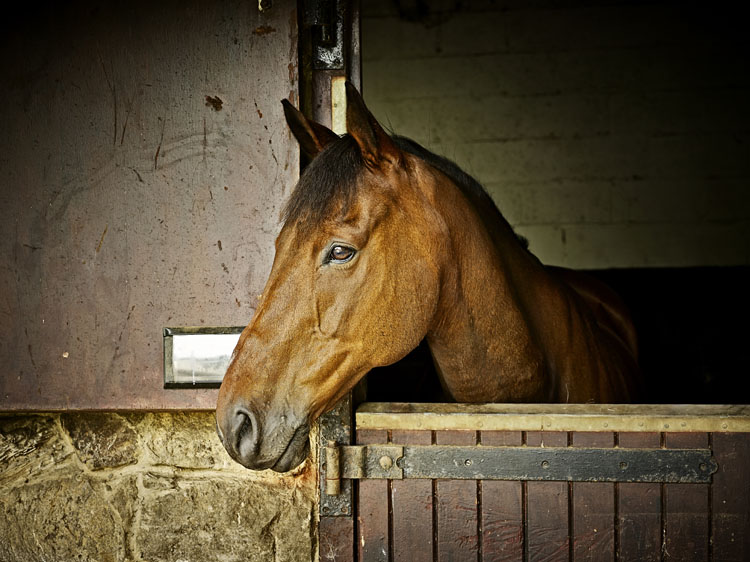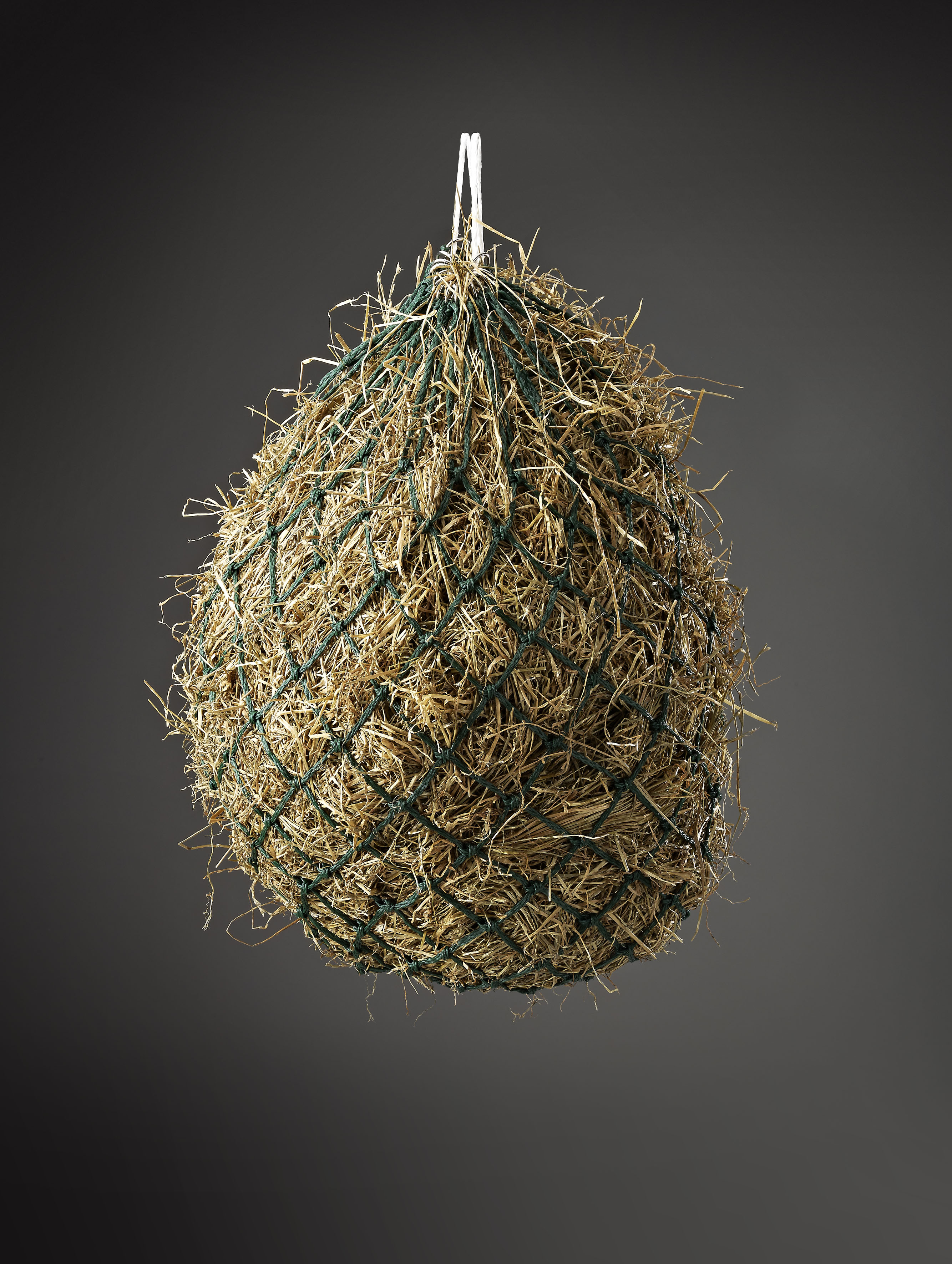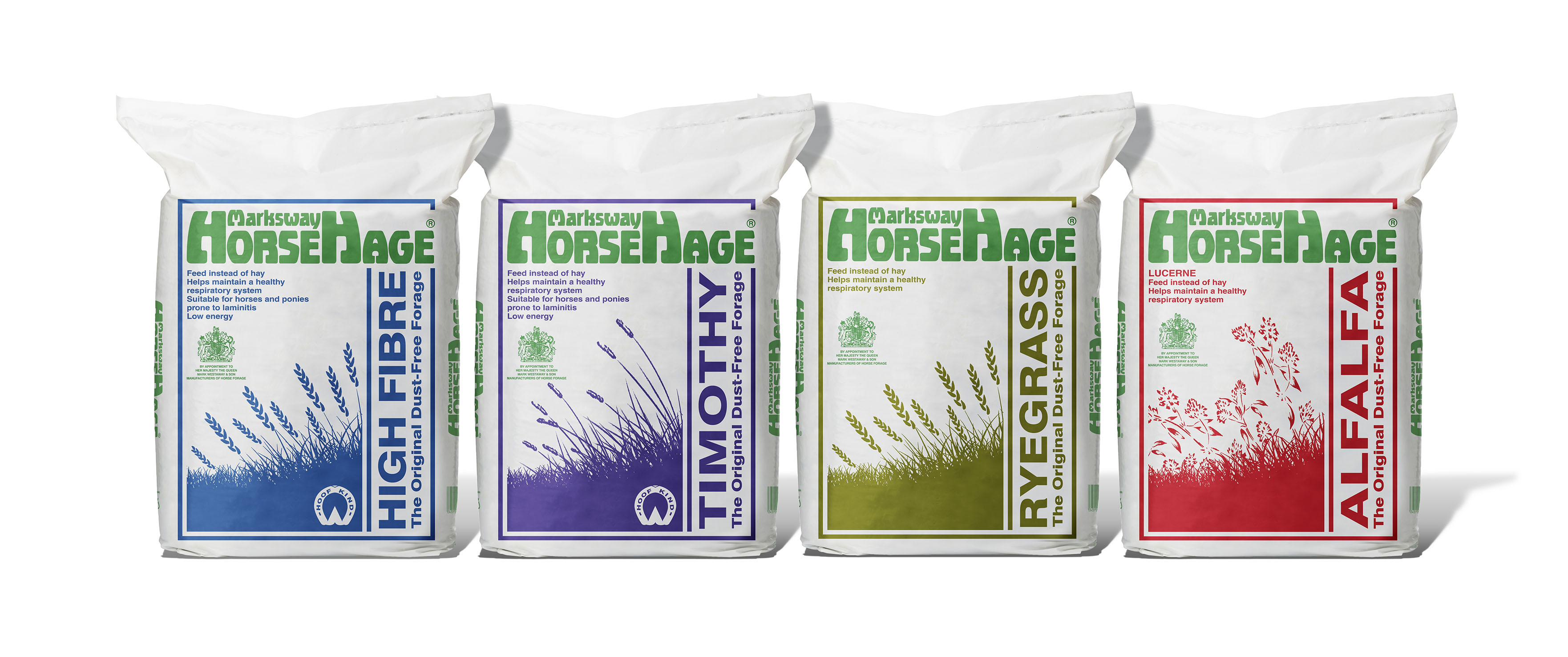Posted: 17th September 2019 | Back to news feed

When choosing your forage, what is the most important consideration for you?
More often the choice is made with cost in mind but with forage providing up to 100% of your horse or pony’s diet, quality should always be the most important factor.

Hay is normally the cheapest option but the quality and hygiene is dependent upon the type of grass harvested and its dry matter at the time of baling, along with the weather conditions during harvesting. Providing a dust-free forage is more important than nutritional value. Hay will contain dust and possibly mould spores and may need to be steamed as soaking is not advised. It’s unlikely to have nutritional analysis and will have a higher sugar content than bagged forage.
Large baled, locally-produced haylage is often made from older pasture which may have been previously grazed and contain weeds. It is wrapped to exclude air and the nutritional content, dry matter and acidity may all be variable. It may also contain chemical additives, inoculants and/or mould inhibitors and, like hay, will have a higher sugar content than bagged forage.

There are several advantages of choosing a bagged forage such as HorseHage over hay or big bale haylage. You can be sure that you are purchasing a consistent product which comes with a quality guarantee, so you don’t need to worry about its hygienic quality. It also has a full analysis available so the nutritional content can be checked. It is dust-free – a vital factor in the management of respiratory conditions, and it contains no chemical additives, inoculants or mould inhibitors. A typical sample of HorseHage also has a lower sugar content than hay or most big bale haylage and this is due to the unique fermentation process it goes through.
HorseHage is cut and turned in the same way as hay, but instead of allowing it to dry completely on the field, it is baled when the grass has semi-wilted and the dry matter has reached around 55%. Strict quality control takes place throughout its production process in order to ensure the optimum moisture content of 35 - 45% together with the fibre and nutrient levels. The bales are hydraulically compressed to leave a minimum amount of air in the bag to allow optimum fermentation and minimise the growth of mould and bacteria. The surviving yeast and bacteria start to ferment, causing the sugars in the grass to break down, reducing the acidity level, and giving it a pleasant, sweet smell and preserving the grass. The bales are then heat sealed into double-lined plastic bags to reduce the risk of puncturing. The bales are very highly compressed for easy handling and contain much more forage than you think.
With four varieties offering different energy levels, there is a choice available to suit most types of horses and ponies, from those competing at a high level to those that are resting, convalescing or prone to laminitis. You can be sure that by choosing HorseHage you are providing your horse or pony with the best possible dust-free forage, allowing you to keep his respiratory system well-managed, and because HorseHage is so palatable, there is usually no wastage. It is highly digestible compared to other types of forage, allowing more efficient utilisation of the nutrients it provides and so HorseHage can help improve condition and add a natural bloom to the coat and may work out to be more economical in the long term. HorseHage has FEMAS and BETA NOPS certification which means all the ingredients are fully traceable and it has been manufactured under the highest quality industry standards.

For more information or advice on feeding your horse, please call the HorseHage Helpline on: 01803 527274 or visit www.horsehage.co.uk
The Equestrian Index newsfeed is compiled from articles submitted by advertising members and expresses the opinions of those members. Watsons Directories Ltd shall not be held liable for any inaccuracies or mis-statements therein.